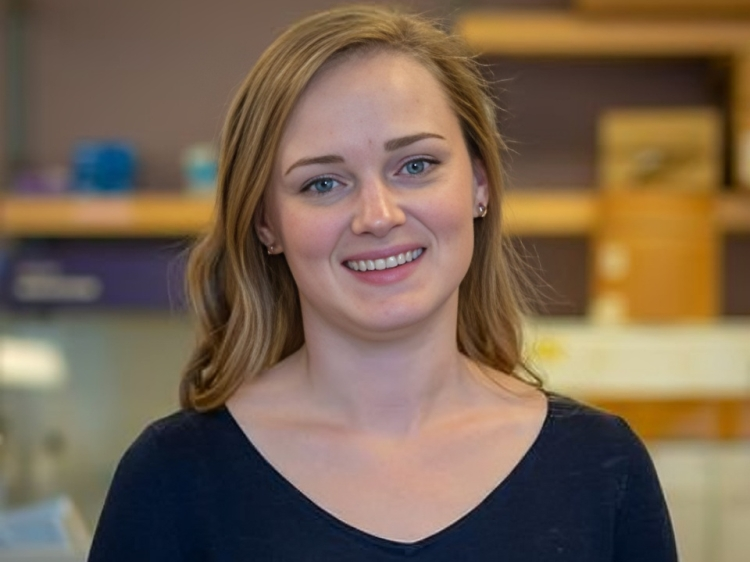
Laura Hilton: The architecture of MYC, BCL2, and BCL6 rearrangements across more than 800 mature B-cell lymphomas
Laura Hilton, Staff Scientist at BC Cancer, shared on X about a recent paper titled “Motive and opportunity: MYC rearrangements in high-grade B-cell lymphoma with MYC and BCL2 rearrangements (an LLMPP study)” published in Blood Journal.
Authors: Laura Hilton, Brett Collinge, Susana Ben-Neriah, Waleed Alduaij, Haya Shaalan, Andrew Weng, Manuela Cruz, Graham Slack, Pedro Farinha, Tomoko Miyata-Takata, Merrill Boyle, Barbara Meissner, James Cook, Sarah Ondrejka, German Ott, Andreas Rosenwald, Elias Campo, Catalina Amador, Timothy Greiner, Philipp Raess, David Scott
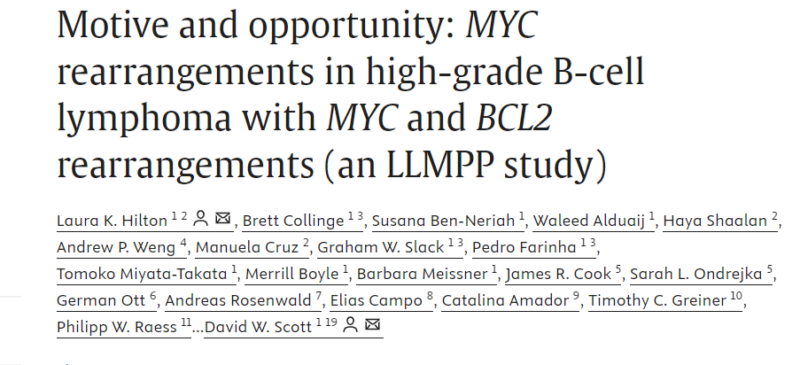
“Out today in Blood Journal: Our study on the architecture of MYC, BCL2, and BCL6 rearrangements across >800 mature B-cell lymphomas! Key question: are MYC-R different in HGBCL-DH-BCL2 vs. single-hit lymphomas, and if yes, why?
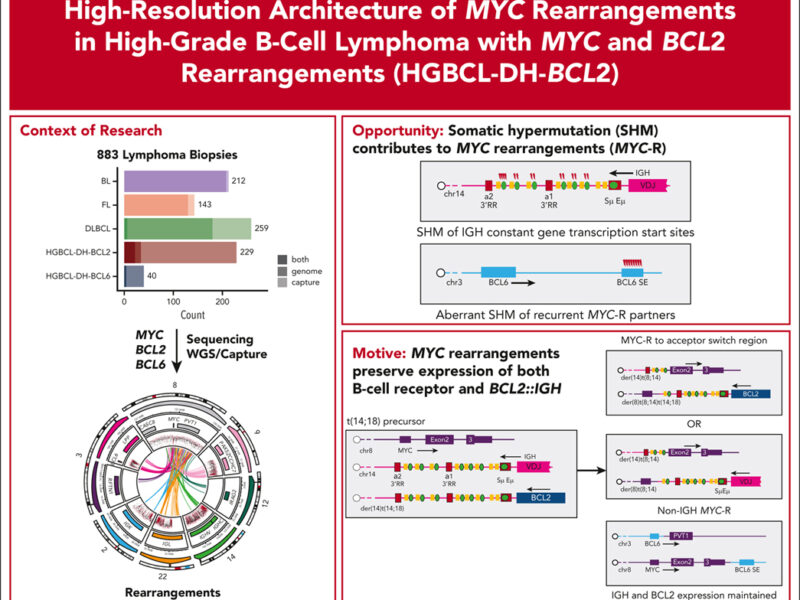
But first, we looked at BCL2-R across FL, DLBCL, and HGBCL-DH-BCL2. BCL2-R are remarkably consistent. We show that somatic hypermutation (SHM) of BCL2 only occurs in BCL2-R and is a very accurate proxy for the presence of a BCL2-R.
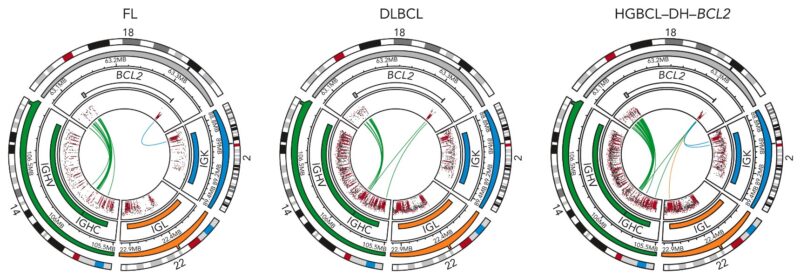
In contrast, MYC-R are very different in DH-BCL2. MYC-R in BL and single-hit DLBCL involve IGH in 70-80% of cases, while >50% of MYC-R involve non-IG loci (including BCL6, PAX5, RFTN1, etc.) in DH-BCL2.
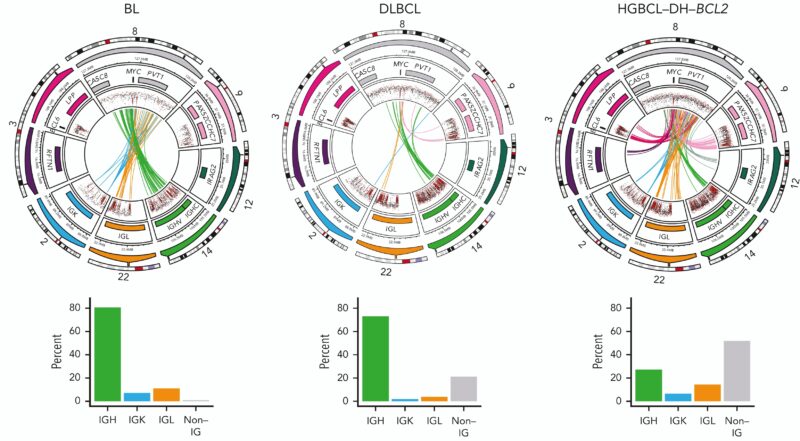
When MYC-R do involve IGH, it’s usually Eµ or the variable region in BL and DLBCL, but almost always involves the constant gene region of IGH in DH-BCL2, most often IGHE. What drives these differences?
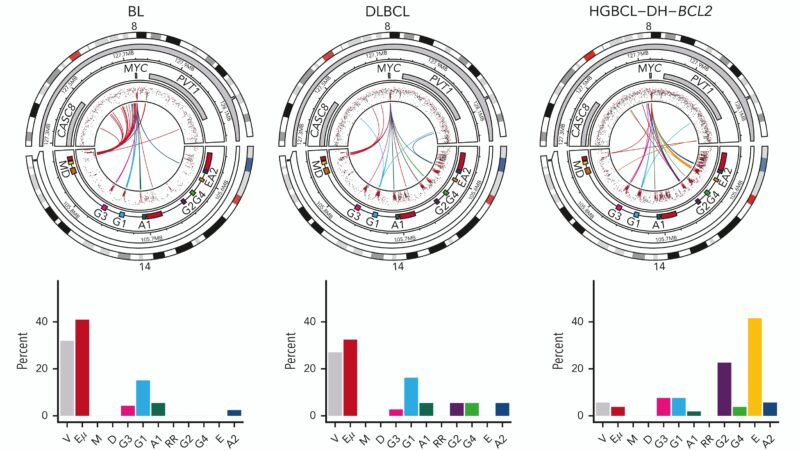
We hypothesized that more widespread SHM in DH-BCL2 could create more opportunities for MYC-R. Consistent with this, we found elevated SHM at IG and non-IG loci, as well as at Eµ and class switch acceptor regions, in DH-BCL2 compared to BL, FL, and DLBCL.
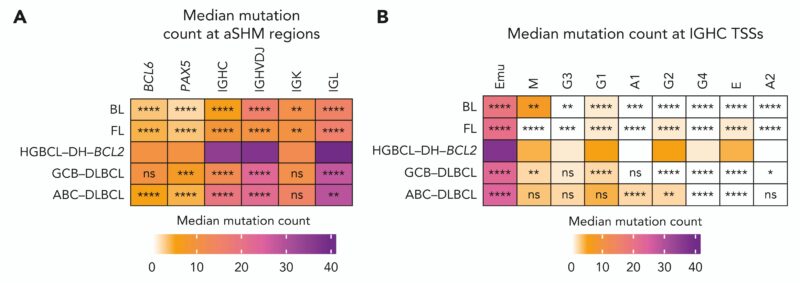
What is the motive for MYC-R involving non-IGH loci in DH-BCL2? Before the MYC-R arises, DH-BCL2 tumors have a BCL2-R that disrupts one of two IGH loci. MYC-R involving IGH (especially Eµ) might disrupt the BCL2-R or the remaining functional IGH locus.
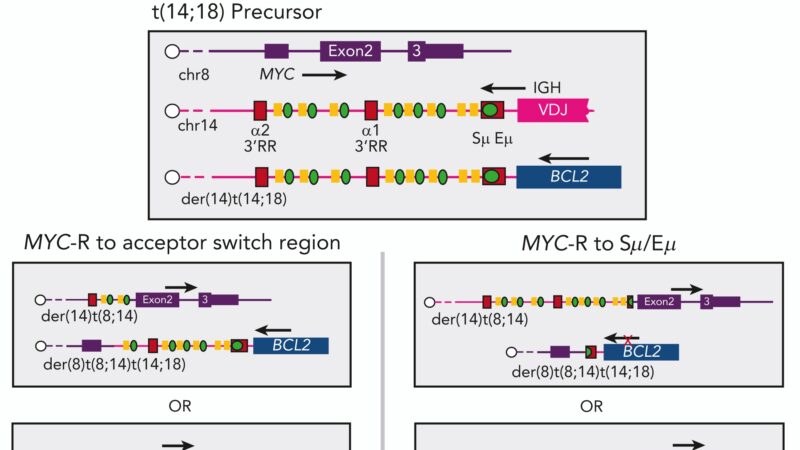
Thus, the architecture of MYC-R in DH-BCL2 is explained by motive (preserving BCR and BCL2-IGH expression) and opportunity (more SHM across MYC partner loci). This work was brought to you by the incredible LLMPP team and NIH.
See the excellent commentary by Ralf Küppers for a clear summary and additional context!”
Source: Laura Hilton/X
